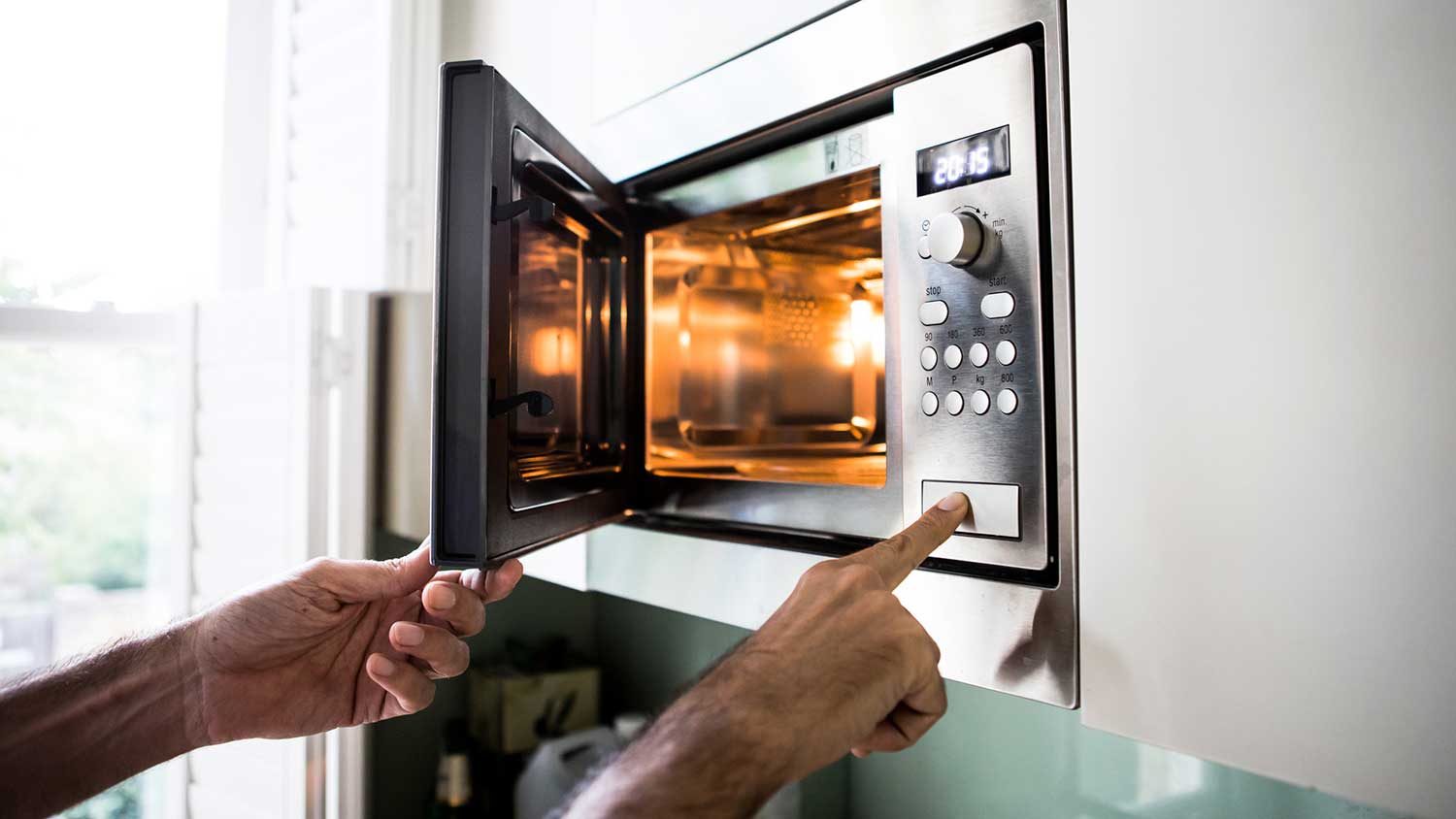
Your budget for moving an electrical panel depends on the type, labor, and more. Find out the average cost to move an electrical panel.
Counting out your outlets isn’t the best way to plan a circuit


The National Electric Code limits the maximum load on a 20-amp circuit to 80% of its capacity, which is about 1920 watts and equivalent to the maximum of 10 outlets.
Calculate the true electrical load by multiplying amps by volts to get watts.
Amps measure the flow of electrical current in a circuit, and circuit capacity is the maximum amount of current that can safely flow through a circuit without overheating or tripping a breaker.
Electrical systems are hazardous and require precise calculations, so contact an electrician who can safely install outlets in accordance with code.
However, when you’re wiring a house, there are other factors to consider when planning out your circuits, such as the amperage of the devices and appliances you’ll be plugging in. Here we cover everything to consider when determining how many electrical outlets to install for a single circuit.

Rather than counting the number of outlets, the best way to determine how many outlets to put on a 20-amp circuit is to calculate the electrical load that you’ll be placing on that circuit. To do this, you’ll need to know the power rating of your devices and appliances—this is presented in watts, and typically found on a small sticker or in the user manual. Once you know the power rating in watts, you can use this simple formula to relate it to your circuit’s amperage rating:
Amps x Volts = Watts
In the case of a 20-amp circuit, we know the amperage is 20. As for the voltage, most rooms in the average U.S. home operate on a 120-volt circuit. This means that with 120V on a 20-amp circuit, you can have a maximum power capacity of 2,400 watts.
Amps—short for amperes—are units that measure the flow of electric current in a circuit. Circuit capacity refers to the maximum amount of current that can flow safely through a circuit without causing issues such as overheating and tripped breakers. A 20-amp circuit can handle up to 20 amps of electrical current, while a 15-amp circuit can only take up to 15 amps. Keep in mind that these numbers represent a constant load rather than a single peak load, which may momentarily exceed the circuit’s capacity.

The National Electrical Code (NEC) doesn’t specify how many outlets can go on a 20-amp circuit. Instead, it focuses on the circuit’s maximum power capacity—2,400 watts in this case—and recommends a safety margin of 80% of that load’s total capacity. This means that rather than using up the full 2,400 watts of power, your load for a 20-amp circuit should be no greater than 80% of 2,400 watts, giving you an actual capacity of 1,920 watts or 16 amps.
Assuming the standard maximum power draw of 1.5 amps per outlet, you’d take 16 amps and divide it by 1.5 amps, giving you a total of 10.67, which you’d round down to 10 outlets for that circuit. Again, though, this is just an estimate, and the final answer will come down to electrical load.
From constantly tripping circuit breakers to the risk of an electrical fire, overloading your circuits can lead to a number of issues. To get the most from your circuits without going overboard, it’s a good idea to combine lights and electrical outlets on the same circuit. Lights generally consume less power compared to appliances, so it makes sense to spread them out across each circuit to help evenly distribute the load and eliminate the need for separate lighting circuits.
However, keep in mind that certain kitchen appliances, such as dishwashers, require their own dedicated circuits. This means that you shouldn’t connect anything else, not even lights, to the circuit used exclusively for the appliance. Installing a dedicated setup ensures that the high-power appliance receives sufficient power with minimal risk of circuit overload.
Electrical systems are complex and hazardous, and safety should always be a top priority. If you’re unsure about how many outlets are on a 20-amp circuit, or other considerations for your home’s electrical system, always reach out to an expert for assistance. Contacting a local electrician will ensure your outlets are installed safely, conveniently, and in compliance with local building code regulations.
From average costs to expert advice, get all the answers you need to get your job done.

Your budget for moving an electrical panel depends on the type, labor, and more. Find out the average cost to move an electrical panel.

Installing an outdoor outlet is a relatively affordable way to take your outdoor space to the next level. Find out the cost to install outdoor outlets

Wondering about the cost to ground a house? Pricing depends on the material of the rod and how much the electrician charges per hour.

Today’s polarized plugs and outlets have a hot and neutral side, which is important for any receptacle wiring. Here’s what that means, why it happened, and how to take advantage of it.

Do you need a lightning rod for your house? Lightning rods can be a handy weather safety tool, but not everyone needs them. See all the details here.

Learn how to strip wire safely and effectively with these tools and techniques.